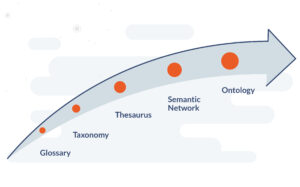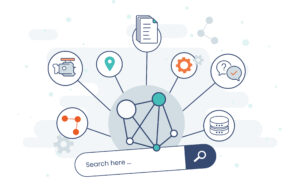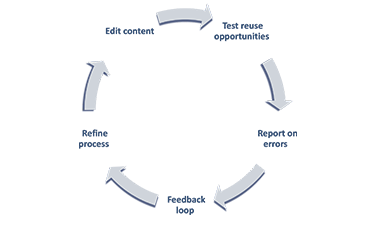Article
From Legacy Systems to DITA: Case Studies in Successful Migration
In today’s rapidly changing world of technical communication, organizations face growing pressure to meet the demands of emerging technologies. While some of these demands may be highly specific, the overarching expectations for technical documentation remain consistent: high quality, usability across various contexts and systems, and a small, modular structure that allows for flexibility and reuse.
For many, this means rethinking and modernizing their content workflow shifting away from traditional document-based approaches toward more streamlined, topic-based authoring. This often involves scaling down from large documents to modular topics, and moving from legacy systems to DITA based ones. Although the advantages of DITA, such as modularity, content reuse, and efficient publishing, are widely recognized, the path to migration can be complex and challenging.
This article explores real-world insights and lessons learned from successful migration projects, based on two case studies facilitated by PANTOPIX. The aim is to provide clarity to companies considering this step, removing the mystery from the process and providing a practical roadmap for the transition.
Authors: Sofia Darie and Karsten Schrempp, PANTOPIX
About CIDM
The article was published by CIDM.
The Center for Information-Development Management (CIDM), a member organization, facilitates the sharing of information about current trends, best practices, and development within the industry. They provide networking opportunities, host conferences, lead roundtable discussions, and publish newsletters.
Subscribe to PANTOPIX’ newsletter.
We will be happy to inform you regularly about new articles.

DPP in practice: How the digital product passport is becoming the driving force behind the information hub
To prevent the digital product passport from becoming yet another data container, companies need to rethink their information strategy.

Meaning of semantics in technical communication.
“Today, semantics is frequently discussed, especially in connection with terms like ‘Semantic Web’ or ‘Semantic Knowledge Management.’ But what exactly does semantics mean, and how relevant is it for technical documentation?”

Knowledge Graphs in Technical Communication: Definition, Use and Benefits
Knowledge graphs virtualize and connect information that exists in information silos in structured and unstructured forms.


